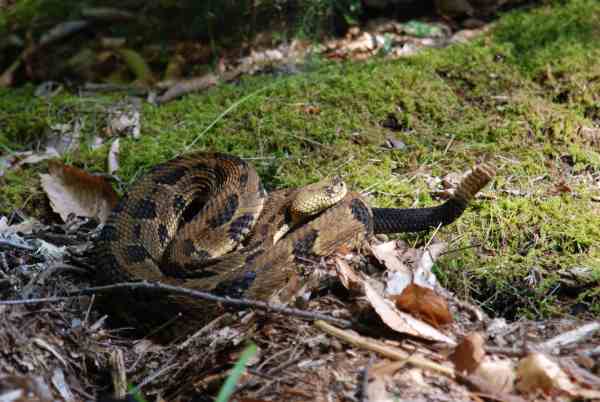Big Bend National Park, a sprawling wilderness nestled in the heart of Texas, boasts awe-inspiring landscapes and diverse wildlife. While the park’s beauty captivates visitors, it’s essential to recognize and respect the coexistence of potentially dangerous animals within this natural habitat. From venomous snakes to elusive mountain lions, encounters with wildlife are an intrinsic part of the Big Bend experience.
This article serves as an informative guide, shedding light on the dangerous animals you might encounter in Dangerous Animals in Big Bend National Park. We aim to educate visitors about the behaviors, habitats, and safety measures necessary to appreciate the park’s natural wonders responsibly, promoting a harmonious interaction between humans and the remarkable but potentially hazardous creatures that call this untamed wilderness their home.
Table of Contents
Overview of Dangerous Animals in Big Bend National Park:
Big Bend National Park, a jewel in the crown of Texas, is a sprawling expanse of natural beauty that beckons adventurers and nature enthusiasts alike. Nestled along the Rio Grande River, it spans over 800,000 acres of rugged canyons, expansive deserts, and striking mountain ranges. The park is a haven for biodiversity, showcasing a unique blend of flora and fauna, with species adapted to the harsh desert environment as well as those thriving in the riverine ecosystems.
Its stunning vistas, diverse geology, and rich tapestry of history make it a prime destination for hiking, stargazing, bird-watching, and more. Amidst the awe-inspiring landscapes, it’s essential to be aware of the wildlife that inhabits this pristine wilderness, some of which can present potential dangers, ensuring visitors are informed and well-prepared for a safe and enjoyable visit.
Understanding the Ecosystem of Big Bend National Park:
Big Bend National Park is a testament to the resilience and adaptability of life in extreme environments. The park’s diverse ecosystem encompasses multiple biomes, including the Chihuahuan Desert, the Rio Grande, and the Chisos Mountains. Each biome hosts a unique array of plant and animal life, finely tuned to survive in their respective habitats.
From cacti and yuccas in the arid lowlands to towering pine trees in the cool mountain heights, the biodiversity here is remarkable. Animals like bighorn sheep, black bears, and numerous bird species thrive within this diverse environment. Understanding the intricacies of this ecosystem not only enhances our appreciation of the park’s natural wonders but also allows us to coexist harmoniously with its inhabitants.
Mountain Lions:
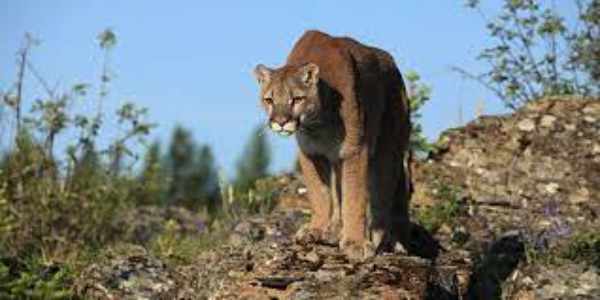
Mountain lions, also known as pumas or cougars, are powerful predators inhabiting Big Bend National Park. While these majestic creatures generally avoid human contact, hikers should exercise caution in remote areas. If encountered, stand tall, maintain eye contact, and make yourself appear larger. Slowly back away without turning your back and create loud noises to deter them. It’s crucial to report any mountain lion sightings to park authorities to ensure visitor safety.
Black Bears:
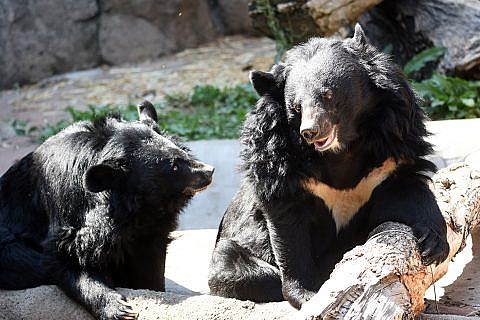
Black bears, though usually timid and elusive, reside within the park’s remote regions. Visitors must store food properly, preferably in bear-proof containers, to prevent bear encounters. If you encounter a bear, avoid direct eye contact, back away slowly, and refrain from running. Make noise and wave your arms to appear more significant. Understanding bear behavior and adhering to guidelines ensures a safe coexistence with these magnificent animals.
Rattlesnakes:

Big Bend National Park is home to various venomous rattlesnake species. These snakes, identifiable by their distinctive rattles, inhabit rocky and arid areas. If bitten, seek immediate medical attention and try to remain as calm and still as possible to slow the spread of venom. Wear appropriate footwear and be cautious when hiking or climbing to minimize the risk of snake encounters.
Scorpions:
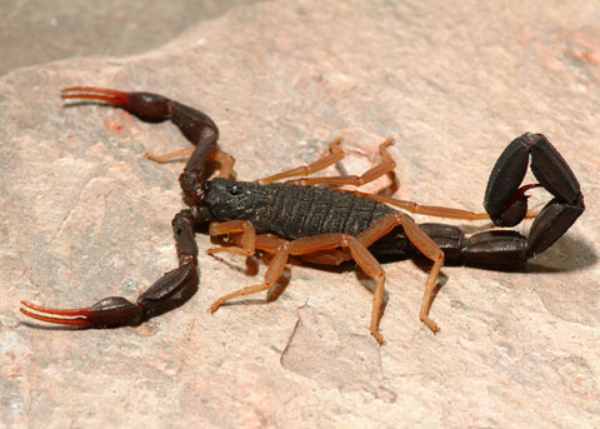
Several scorpion species, including the venomous Arizona bark scorpion, reside in Big Bend National Park. These nocturnal creatures can be found in rocky or sheltered areas. To avoid stings, visitors should be cautious when reaching into crevices or handling objects on the ground, especially after dark. Shake out clothing and shoes before putting them on and consider using a UV light to detect scorpions in and around your campsite.
Centipedes:
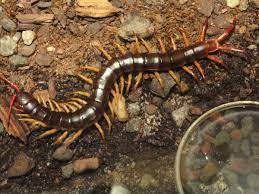
Centipedes found in the park can deliver painful bites, although they are not typically dangerous to humans. However, some individuals may experience allergic reactions to their venom. Watch your step, especially in rocky or wooded areas, and be cautious when handling rocks or logs where centipedes may hide.
Bees and Wasps:
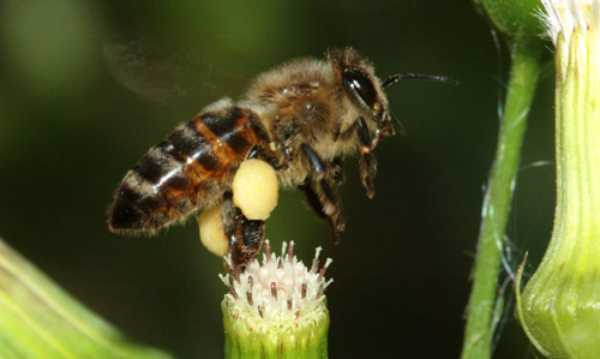
Bees and wasps are common in the park, and their stings can be painful and, in some cases, trigger allergic reactions. Be cautious around flowering plants, especially if you’re allergic to bee or wasp stings. If you encounter a swarm or nest, slowly and calmly leave the area to reduce the risk of stings.
Ticks:
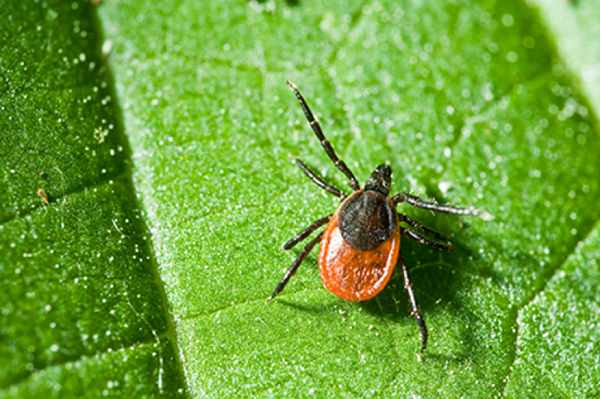
Ticks are present in grassy and wooded areas of the park. To minimize the risk of tick bites and potential exposure to tick-borne diseases, wear long sleeves, pants, and insect repellent. After spending time outdoors, carefully check your clothing and body for ticks, and promptly remove any ticks to reduce the risk of disease transmission.
Gila Monsters:
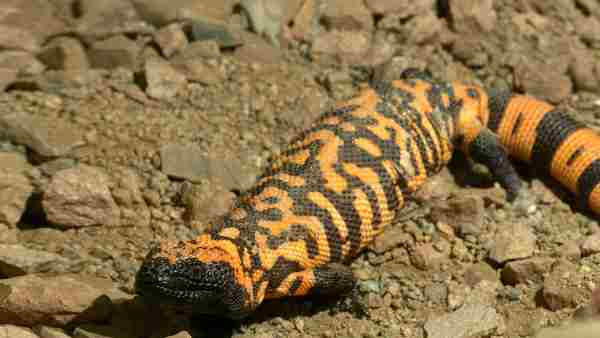
Gila monsters, though seldom encountered, are venomous lizards found in the Chihuahuan Desert within the park. Their bites, while extremely rare, can cause pain, swelling, and other reactions. If bitten, seek immediate medical attention. To avoid encounters, stay on designated trails, be observant, and refrain from handling or provoking these distinctive, yet potentially dangerous, reptiles.
Park Regulations and Safety Guidelines:
To ensure the preservation of the park’s ecosystem and the safety of its visitors, Big Bend National Park has established a set of regulations and safety guidelines. These include rules regarding camping, hiking, wildlife interactions, and more. It’s essential for visitors to familiarize themselves with these guidelines to promote responsible exploration and minimize negative impacts on the environment.
Additionally, safety measures concerning encounters with potentially dangerous animals, extreme weather conditions, and challenging terrains are crucial to ensure an enjoyable and secure visit. By adhering to these regulations and guidelines, visitors contribute to the conservation efforts and help maintain the park’s pristine natural beauty for generations to come.
Final Words:
Big Bend National Park stands as a testament to the raw, untouched beauty of nature, inviting all who wander its rugged landscapes to pause, reflect, and appreciate the marvels of our planet. Through responsible exploration, understanding the intricacies of its ecosystem, and adhering to park regulations and safety guidelines, visitors can revel in its wonders while treading lightly on its delicate terrain.
The importance of respecting the habitat and its inhabitants cannot be emphasized enough, for in doing so, we not only ensure our own safety but also contribute to the preservation of this ecological haven. Let the allure of Big Bend be a reminder of the delicate balance we must maintain in our pursuit of adventure and admiration for the wild.
Reference:
- https://www.nps.gov/bibe/planyourvisit/safety.htm
- https://bri.sulross.edu/pubs/borderlandsnews/BN_2017_3.pdf
- https://www.nps.gov/bibe/learn/nature/snakes.htm
A motivated philosophy graduate and student of wildlife conservation with a deep interest in human-wildlife relationships, including wildlife communication, environmental education, and conservation anthropology. Offers strong interpersonal, research, writing, and creativity skills.

